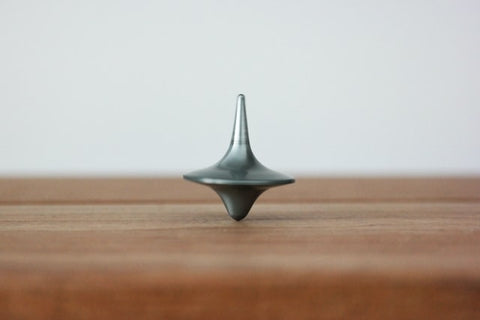Most of the exclusive wines you can buy from MundoVini are not intended for immediate consumption. On the other hand, only a small percentage of these special wines benefit from long-term maturation and should therefore be stored for a long time. In our shop you can see exactly what is the best time to drink the wine (drinking window). Until then, the wine must be stored in optimal conditions to ensure its quality. So that later, you can enjoy the wine as the makers intended it.
Even when you bought the wine as an investment, optimal storage is of great importance. After all, by guaranteeing quality, you also guarantee the value of your investment in the wine. In any case, the proper storage of all your special and unique wines is of great importance.
Keep it cool, but not too cool

Heat is the number 1 enemy of wine. At too high a temperature (above 20 degrees Celsius) the wine ages faster than desired. If the temperature is even higher, the wine could be "cooked", causing the aromas and flavors to flatten. An ideal storage temperature is between 8 and 18 degrees, where 10-12 degrees is ideal.
Storing your wine in the refrigerator is not a good idea for long term. The average refrigerator temperature is often below 8 degrees Celsius and the lack of moisture can eventually dry out the cork. This can cause air to seep into the bottle, damaging the wine. Definitely don't store your wine somewhere where it can freeze. If the wine is stored in an unheated room, the liquid can turn to ice in the winter. The volume increases and with it the chance of the cork being pushed out.
As stable as a fossil

Even more important than pursuing the ideal temperature is avoiding rapid, extreme and frequent temperature fluctuations. Expansion and contraction of the liquid in the bottle can push the cork out or cause leaks. Fluctuations also harm the wine's aromas, flavor, acid and sweetness, and alcohol content. The more consistent, the better. But don't panic at the first temperature change. Temperature fluctuations cannot always be avoided. A wine will, after all, need to be transported. From the vineyard, to the distributor, to the store, to your home.
Turn off the light

Wine, unlike the grapes at the origin of this delicious beverage, does not like light. Especially not sunlight. It's the reason why most wines are bottled in bottles made of colored glass: the glass acts like sunglasses. UV-rays can damage the wine and age it prematurely. Artificial light is unlikely to damage the wine, but it can cause labels to fade in the long run. Choose incandescent lights rather than fluorescent lights, since the latter emit (small amounts of) UV light.
Not wet but damp enough

Traditionally, it is said that wine should be kept at an ideal humidity level of 70%. Dry air would dry out the cork letting air into the bottle and spoil the wine. This theory is correct, but the chances of this happening are especially high in the desert or at the poles. Or with very exclusive wines that are kept for 10 years or more.
A safe range is between 50 and 80%. If you have professional storage, the humidity can be adjusted. If not, a pan of water in your storage can improve conditions. If you think your storage is getting too humid, install a dehumidifier. Mold caused by an area that is too humid may not affect a properly sealed wine, but it can damage labels.
Flat is the supreme form of balance

Wine bottles are stored lying horizontally. This keeps the liquid in contact with the cork, which prevents the cork from drying out. For wines that you plan to drink in (relatively) short term or that do not have a cork (but for example a screw cap or plastic) it is not a necessity. However, to create unity in your storage, we recommend storing all your wines lying down. And it will certainly not harm your wine. After all, flat is the supreme form of balance.
Do not shake before use

It is common knowledge that you should not shake a bottle of wine. Large, abrupt movements can disrupt and churn the sediment in older wines, preventing them from settling and making them (unpleasantly) grainy. Shaking can also damage the wine in the long run by accelerating the chemical reactions in the liquid.
Location. Location. Location.

A cool, not too humid, basement is the ideal place. With a few simple shelves, you can create a safe wine storage. After all, a cellar already naturally meets the most important storage conditions. Unfortunately, not all of us have a (suitable) cellar available. Of course, the purchase of special climate cabinets is then the most optimal.
Whatever you choose, remember that the storage area should be dark, stable, not too humid and not too hot. In addition, make sure you have enough capacity for your bottles. Whatever number you have in mind, double it. Once you've started collecting wines to drink later or as an investment, it's hard to stop.
Want to know more?
Was this information helpful for you but are you looking for more background information, facts and figures before you invest in or buy the best wine? Than download our "Whitepaper: Investing in Fine Wine" here.


